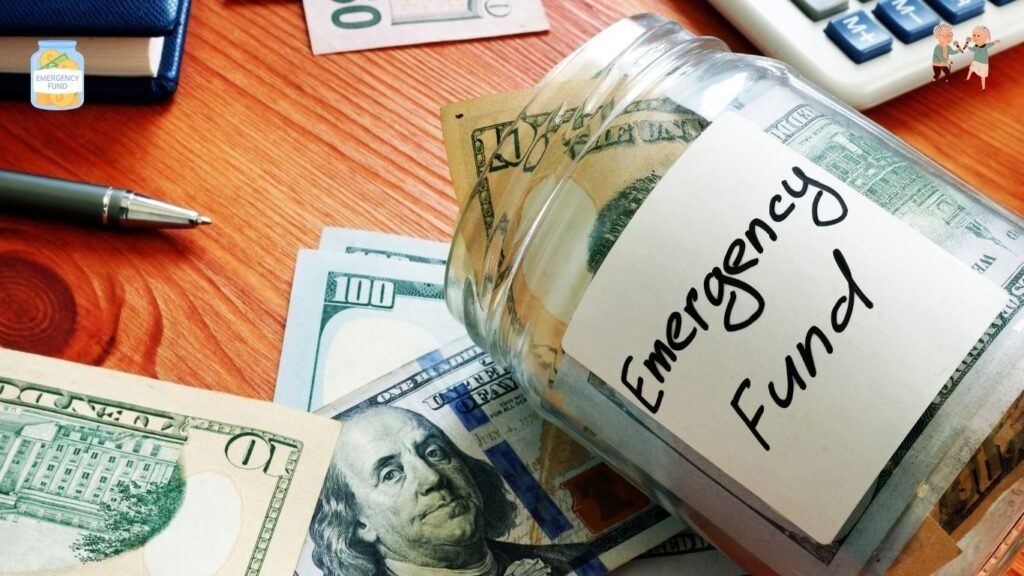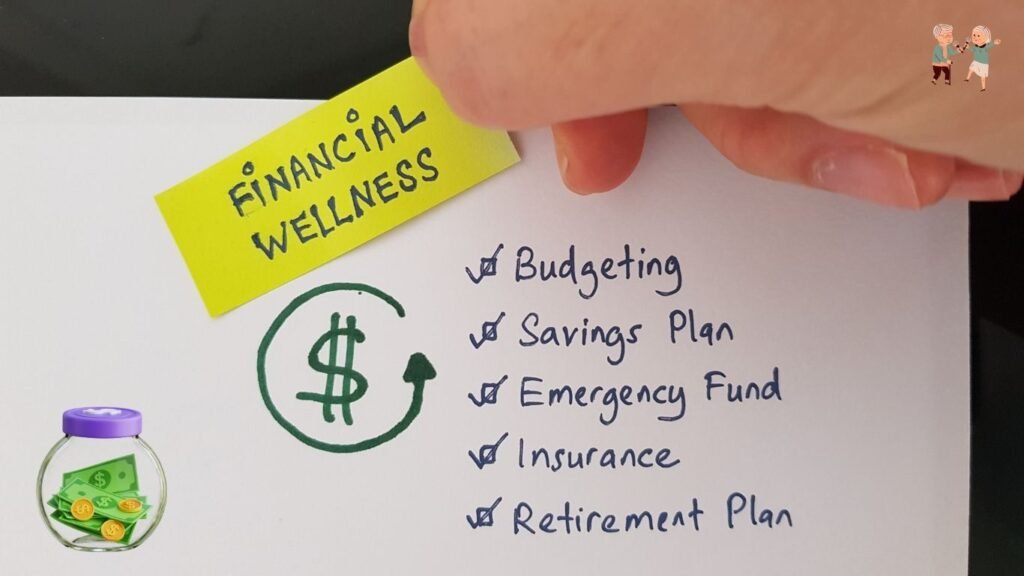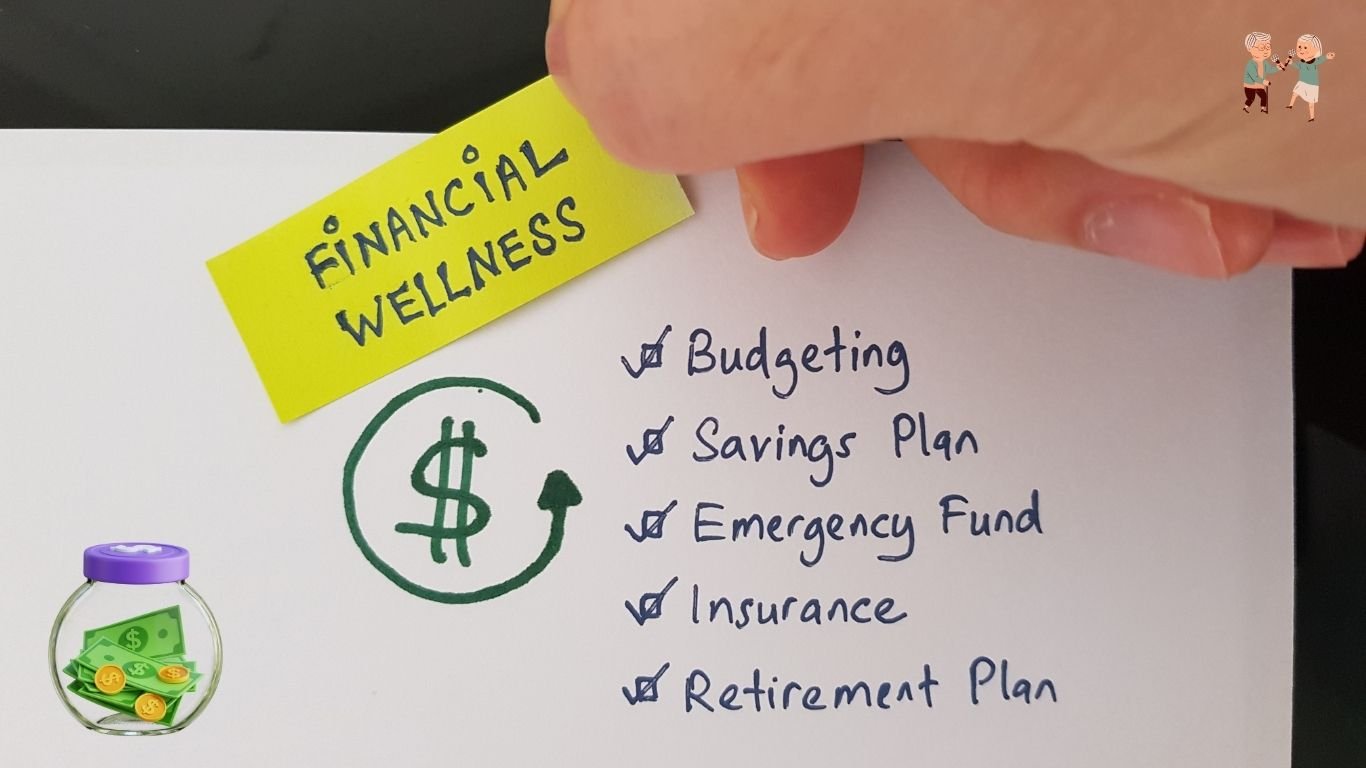Introduction: Expect the Unexpected
Life is unpredictable. From sudden job loss to medical emergencies or natural disasters, unexpected events can derail your finances in an instant. That’s where emergency financial planning comes in. It’s not just a good idea—it’s essential for long-term financial health and peace of mind.
In this guide, we’ll cover everything you need to know about creating a reliable emergency financial plan: why it matters, what it includes, and how to build one that suits your life.
What Is Emergency Financial Planning?
Emergency financial planning is the process of preparing your finances to withstand sudden, unplanned events that can affect your income, expenses, or financial security. It ensures you have a plan—and the resources—to weather storms without going into debt or financial ruin.
Unlike regular financial planning, which focuses on goals like retirement or buying a home, emergency planning is all about protection and resilience.

Why Emergency Financial Planning Matters
1. Peace of Mind
Knowing you’re financially prepared for emergencies reduces anxiety and stress. You can focus on solving problems instead of panicking about how to pay your bills.
2. Avoiding Debt
Emergencies often push people into credit card debt or payday loans. With a plan, you avoid high-interest traps.
3. Protecting Long-Term Goals
Without an emergency plan, you might have to dip into retirement savings or pause investing. Emergency financial planning keeps your goals intact.
4. Faster Recovery
People with an emergency fund and a clear action plan bounce back faster from setbacks.
Types of Financial Emergencies to Plan For
Here are some common scenarios that require emergency financial planning:
- Job loss or reduction in income
- Medical emergencies
- Natural disasters (flood, fire, storm)
- Car repairs or home maintenance
- Family emergencies (caregiving, funeral costs)
- Unexpected legal issues
Each situation may call for different types of planning, insurance, and financial buffers.
Step-by-Step Guide to Emergency Financial Planning
Let’s walk through how to build a complete emergency financial plan.
Step 1: Build an Emergency Fund
Your first line of defense is a cash emergency fund—money you can access immediately in a crisis.
✅ How much should you save?
- Basic rule: 3 to 6 months of essential living expenses
- More conservative: 6 to 12 months if you’re self-employed, have irregular income, or support dependents
🧮 Example:
If your monthly expenses are $3,000, aim for:
- Minimum: $9,000
- Ideal: $18,000
💡 Tips:
- Keep it in a high-yield savings account (easy to access, earns interest)
- Automate contributions monthly
- Don’t mix it with regular checking or investing accounts
Step 2: Review and Reduce Monthly Expenses
Knowing your essential expenses helps you:
- Determine your emergency fund size
- Cut back fast in case of income loss
📝 Categorize your expenses:
- Essential: Rent, utilities, groceries, insurance
- Non-essential: Subscriptions, dining out, travel
Use tools like YNAB, Mint, or Spreadsheets to track and review.
Step 3: Get the Right Insurance
Insurance is a core part of emergency financial planning.
Key types to consider:
- Health Insurance: To avoid massive medical bills
- Disability Insurance: Replaces income if you’re unable to work
- Homeowners/Renters Insurance: Protects your belongings and shelter
- Auto Insurance: For accident coverage and liability
- Life Insurance: If others depend on your income
Review your policies annually and adjust coverage based on life changes.

Step 4: Diversify Income Sources
Depending solely on one job or client can be risky.
🔀 Ideas for income diversification:
- Freelance or side gigs (writing, editing, design, etc.)
- Part-time consulting
- Selling digital products
- Rental income or dividend-paying investments
Having multiple income streams adds a layer of security.
Step 5: Create a Crisis Budget
In an emergency, your spending should adjust immediately.
🎯 A crisis budget includes:
- Only essential expenses
- Temporary cuts (subscriptions, gym, luxury items)
- A pause on discretionary spending (vacations, gifts)
You can build this in advance using budgeting software or even a simple spreadsheet. Keep it ready for quick activation.
Step 6: Keep Important Documents Accessible
In an emergency, you don’t want to search for documents.
📁 Store copies of:
- ID (passport, driver’s license)
- Insurance policies
- Bank and investment account info
- Emergency contacts
- Legal documents (will, POA)
Store securely using a fireproof safe, cloud storage, or both.
Step 7: Build a Support Network
Money is critical, but people help you recover, too.
👥 Build connections:
- Trusted family or friends
- Financial advisor
- Insurance agent
- Therapist (emotional emergencies count, too)
Let a few trusted people know where your documents are stored and what to do if something happens to you.
Emergency Financial Planning for Families
When you have children, aging parents, or others depending on you, your emergency plan must cover more.
Consider:
- Childcare costs during illness or job loss
- Extra insurance for dependents
- Emergency contacts for school or caregiving
- Living wills and guardianship plans
Talk to your family about emergency protocols so everyone knows what to do.
Emergency Planning for Self-Employed and Freelancers
If you’re self-employed, your income may be irregular or vulnerable to market shifts.
Your planning must include:
- Larger emergency fund (6–12 months)
- Client diversification
- Business continuity plans
- Disability insurance tailored for freelancers
- Tax cushion for slower quarters
Also consider business interruption insurance if you run a physical location.
Common Mistakes to Avoid
Avoiding these pitfalls will strengthen your plan:
- Mixing emergency funds with vacation savings
- Assuming insurance will cover everything
- Underestimating how fast emergencies drain cash
- Forgetting to update plans annually
- Not discussing the plan with your partner/family
Tools to Help You Plan
Here are some resources to simplify emergency financial planning:
- Budgeting Tools: YNAB, Mint
- High-Yield Savings: Ally Bank, Marcus by Goldman Sachs
- Insurance Comparison: Policygenius
- Legal Docs & Wills: Trust & Will
How Often Should You Update Your Emergency Plan?
Review it at least once a year or when you experience:
- A job change
- A new child or dependent
- Marriage or divorce
- A move to a new state/country
- A significant increase or decrease in income
Final Thoughts: Your Safety Net Starts Today
Emergency financial planning isn’t just for the paranoid or ultra-cautious. It’s a practical, empowering way to take control of your future—even when life throws curveballs.
You don’t need to build it overnight. Start with small steps: open a dedicated savings account, cancel unused subscriptions, and review your insurance policies.
The peace of mind that comes with being prepared? That’s priceless.

